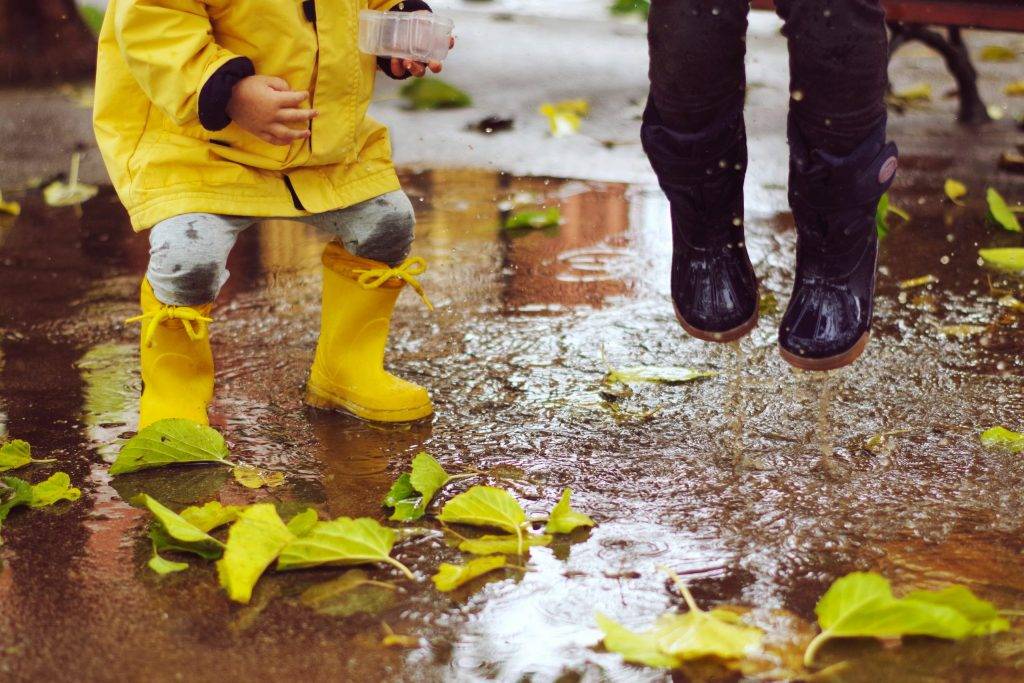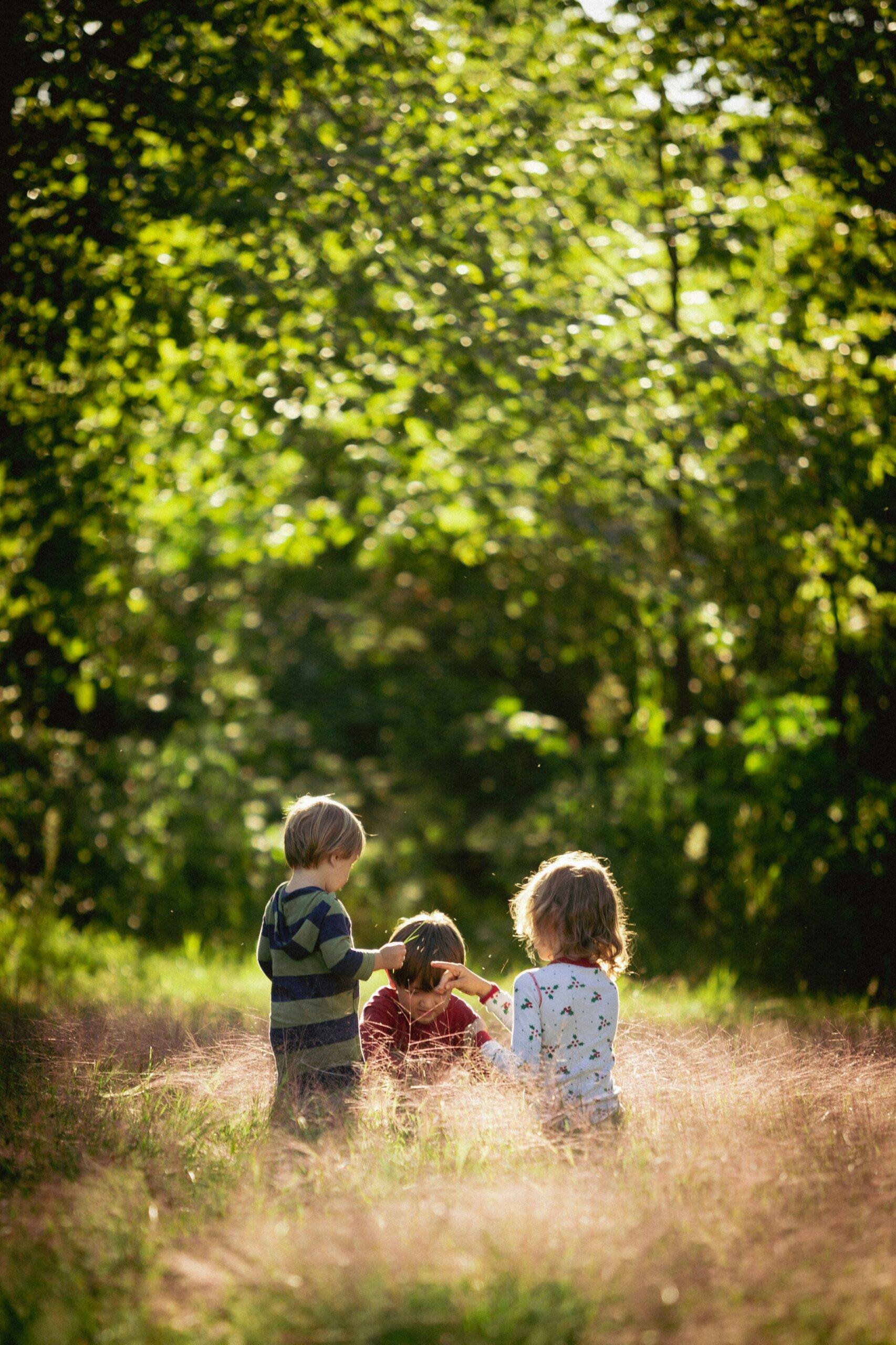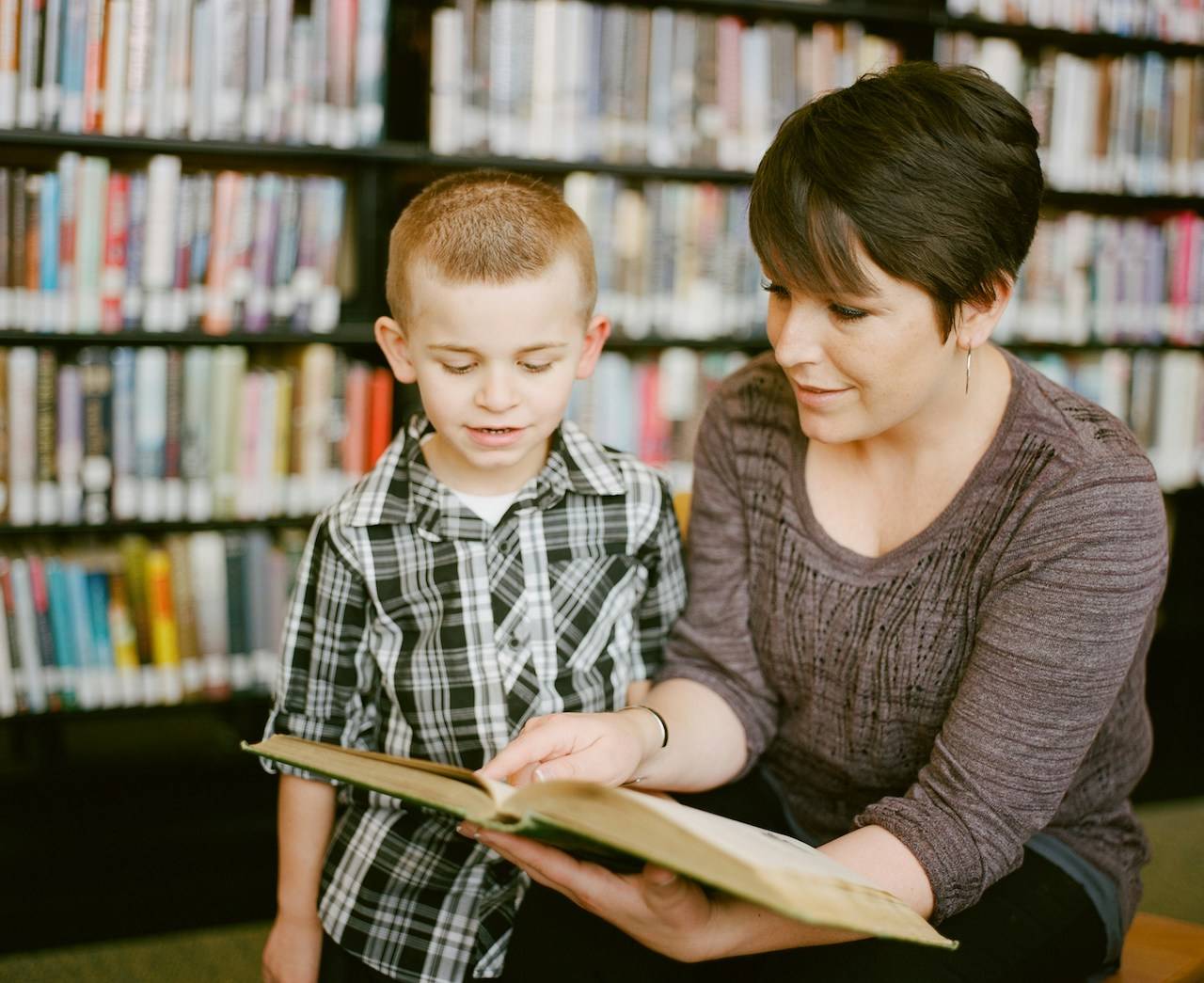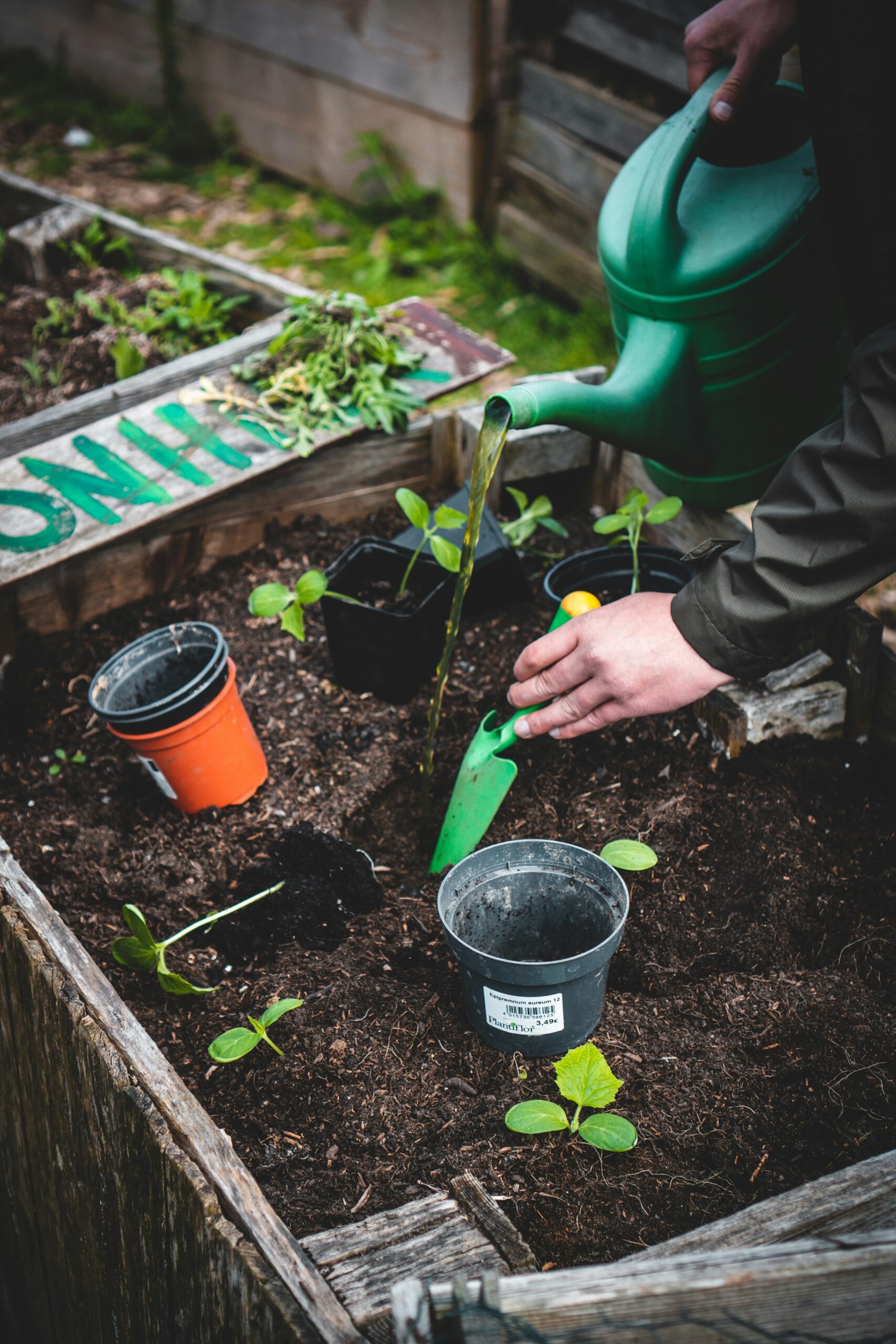Some of the links below may be affiliate links. This means that, at zero cost to you, I will earn an affiliate commission if you click through the link and finalise a purchase. All product recommendations are products that I have used and loved, or products that I would recommend based on experience.
Rainy day activities centred around Mindfulness
In the busy-ness of life, wet or rainy days present unique opportunities to practise mindfulness and experience new learning opportunities. In this fast-paced world of instant downloads and immediate feedback, delayed gratification has practically disappeared! It’s important for children to learn to wait, to pause and to simply be. Some slow mindful activities that can be savoured are ideal for those moments when you simply need to slow down and model some slow learning! These are perfect days to get out those large puzzles, board games, play dough, Lego, wooden building blocks, or the arts and crafts supplies. This is also the perfect opportunity to spend time in the kitchen cooking or baking or even building a fort under the kitchen table!
Rainy day activities centred around water
Wet, rainy weather provides loads of learning opportunities for children, both outdoors and indoors. Dr Claire Warden, the Scottish Nature Pedagogist (she coined the term for her philosophy and approach to learning at her Forrest School in Scotland) would say that there is no such thing as bad weather, only bad clothing choices! Learn more about Claire Warden’s Forest school and about Nature Pedagogy at https://www.claire-warden.com/nature-pedagogy/
The rainy season presents some obvious learning experiences and opportunities for investigation. Things like:
* Making rain gauges and measuring the amount of rain fallen.
* Learning about the water cycle.
* Playing in puddles and learning about reflection.
* Investigating where the water in puddles goes.
* How rainwater can be saved and reused around the home and garden.
* Investigating plants that thrive in wet climates.
* Art activities like using water colours to paint rainy day scenes
* Reading poetry and stories about rain
* Writing opportunities.
- Using picture prompts of rainy or stormy scenes as stimulus for writing.
- Staring out the window and brainstorming descriptive words to describe the scene using their five senses.
- Writing poetry
* Making boats out of recycled materials and testing their floating capabilities.
Providing children with opportunities to explore environments that are different from what they are normally exposed to, provides a whole new opportunity for developing new learning experiences and building schema.
Steps to take for learning outdoors in wet weather
1. Clothing choices
If you live in a hot tropical climate, clearly clothing choices are not something to be concerned about. However, if you live anywhere where wet weather is also cold weather, then clothing choices need to be considered. Choosing appropriate clothing for wet outdoor play presents a unique learning opportunity.
“What should we wear to go out and play in the rain so that we can stay dry?”
Providing the learner with a variety of clothing options and having a discussion around the features and properties of different materials immediately meets the Chemical Sciences curriculum outcome. See how easy it is to incorporate inquiry into everyday learning?
2. Activity choices
Once you have clothing choices made, you may want to consider what activities you would like to do in the wet.
Options might be:
- Investigating reflections
- Jumping in puddles
- Check out what insects are active in wet weather. Any worms or snails?
- Make mud pies
- Go for a walk with umbrellas and wellington boots
3. Resources
Offer wet weather resources like:
- Pots and pans
- Plastic containers
- Buckets and spades
- Funnels and tubes (pieces of old hose)
- Paint brushes (invisible painting with water on a fence or wall is a fantastic opportunity to build fine and gross motor which will benefit writing. Read more here)
- Sticks
If you are just not in the mood for wet outdoor play, get out of the house anyway.
- Visit your local library (maybe they offer a story time session?)
- Go to the movies
- Visit an art gallery
- Visit a museum
- Or just take a drive listening to a story or singing songs in the car (having a screen in the car really has no benefit for learning or cultivating discussion)
Conclusion
There are a multitude of benefits for children to learn and have fun both indoors and outdoors during wet weather. Explore the internet, your bookshelf or local library for more creative ideas for spending time outdoors even when the weather is wet!
Here are some links supporting the benefits of wet weather play
http://www.earlyyearscareers.com/eyc/enabling-environment/accessing-outdoor-play-no-matter-weather/
https://www.naeyc.org/our-work/families/play-in-puddle
https://www.oac.edu.au/news-views/enjoy-the-benefits-of-outdoor-play-whatever-the-weather/
https://www.pentagonplay.co.uk/news-and-info/6-benefits-playing-in-the-rain
If you have found this post informative or interesting, please share it using the share buttons below, and subscribe to Get Curious, the inspirational weekly newsletter for curious educators. Go to https://resources.bloomingcurious.com/getcurious








